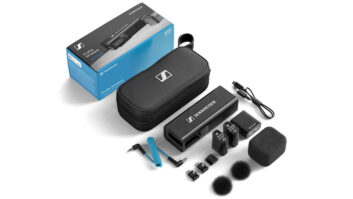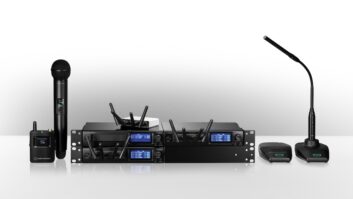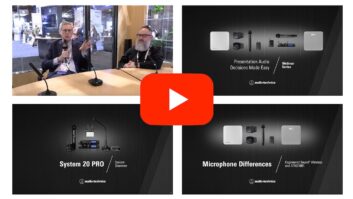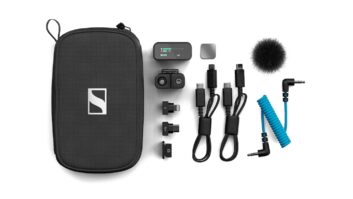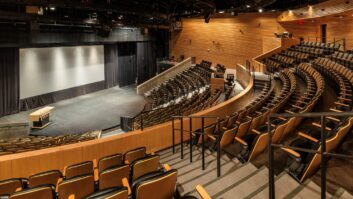
The Benedum Center, a state-of-the-art playhouse in Pittsburgh, Pa., upgraded its Sennheiser IR-based listening system when the Pittsburgh Cultural Trust received a generous grant from the FISA Foundation to modernize the theater’s assistive listening system. The Benedum Center seats 2,890 and is one of the busiest venues in the country, housing the Pittsburgh Ballet Theatre, Pittsburgh Civic Light Opera and Pittsburgh Opera, as well as national touring productions. It is also listed on the National Register of Historic Places.
Benedum’s sound engineer, Chris Evans, replaced the existing 14 SZI 1019 emitters with an equal number of the newer SZI 1029 and SZI 1029-10 IR emitters, pairing them with an SI 1015 IR modulator. The SI 1015 uses a higher sub-carrier frequency-2.3 and 2.8 MHz instead of the 95 and 250 kHz on the older system. This allows for greater bandwidth while keeping the production friendly aspects of infrared.
“It was a conscious decision to continue to use infrared based assistive listening system over the RF based systems,” Evans says. “In the theater world, infrared assistive listening systems are benign from a production standpoint.”
Hampered by an inability to relocate emitter suspension points used in the older system due to the center’s architectural restrictions, Evans had to use the existing infrastructure to make the new system work. Evans contacted California-based IR expert, Jim Brown of Audio Systems Group, to lay out the system.
In the new system, four suspension points on the theater’s ceiling hold arrays of two SZI 1029 emitters. The additional six emitters are each suspended individually. “We had to figure out a way to array the emitters from the existing ceiling suspension points,” Evans says. “So we doubled up on eight of the emitters from a series of specially designed brackets made to hold the 20-pound arrays securely over the seating areas. Typically, you hang one panel, but by arraying them we were able to expand the system’s coverage pattern and eliminate the need for another suspension point.”
The new Sennheiser emitters, modulator and receivers give Evans the ability to operate a two-channel, wide-band system. One channel delivers program audio to traditional stethoscope-style receivers worn by individuals with hearing impairments. Another separate channel delivers audio description for those with visual impairments. The system uses HDI 302 and RI 250-J receivers from Sennheiser; the latter one allows either a headphone or an inductive loop to be plugged into it.
“We’ve tried to make the new system as flexible as possible in as much as it could accommodate people with a variety of disabilities. Those with hearing aids with telecoils use the inductive loop attachments, or if someone has their own headphones or ear buds they can use those. And of course the traditional stethoset is also available,” Evans adds.
For more information, visit www.sennheiserusa.com, www.audiosystemsgroup.com and www.fisafoundation.org.

